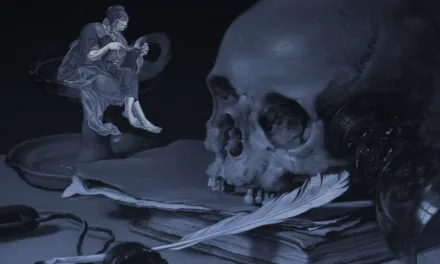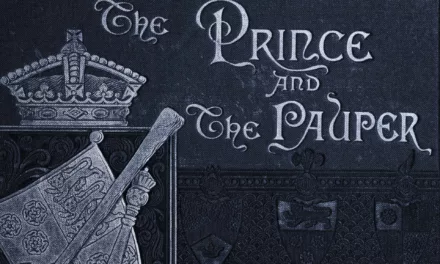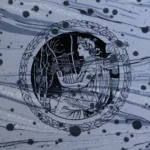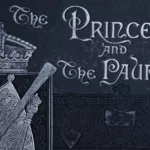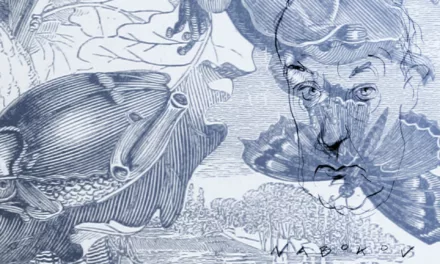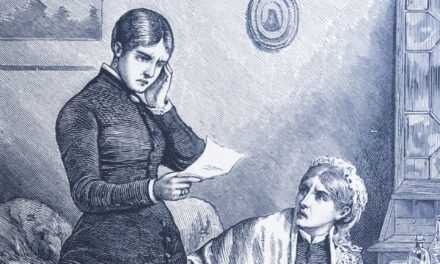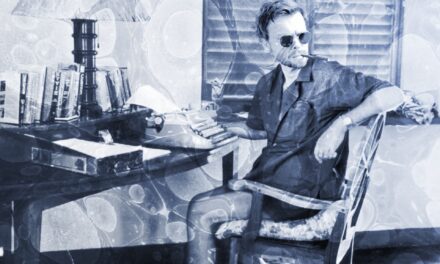
How to Write the Perfect Antihero

The antihero has become an increasingly beloved figure in modern storytelling, captivating readers with their morally ambiguous nature and complex personalities. Unlike the archetypal hero (usually a paragon of virtue), an antihero muddies the waters of conventional heroism, challenging our preconceptions about what it means to be ‘good’ or ‘noble.’ An antihero often embodies a blend of traits that defies the clear-cut labels of ‘hero’ or ‘villain,’ and it’s precisely this defiance that makes them so interesting.
Antiheroes are not just rebels without a cause; they are mirrors of the human condition, reflecting the reality that everyone has the capacity for both good and evil. They are a product of their environment, shaped by a world that is often unforgiving and rife with moral ambiguity. In literature, film, and television, antiheroes are often the characters that remain etched in our memories long after the story ends, leaving us to wrestle with their legacy and the shades of grey they leave behind.
But how do you write the perfect antihero? And what techniques and traits do the best antiheroes share?
What makes a great antihero?
At the core of every memorable antihero is a combination of attributes that set them apart from the conventional heroes. A great antihero is a study in contrasts — someone whose actions defy binary moral judgments and whose personal journey shows authenticity and depth. These characters challenge the boundaries of traditional heroism by acting from a place of personal conviction that blurs the lines between right and wrong.
Flawed morality
Unlike traditional heroes, antiheroes may possess questionable morals. They might make choices that are selfish, driven by greed or personal gain, or even to exercise revenge. These choices, however, are usually presented with a degree of relatability or understanding that allows the audience to empathise with the antihero’s perspective. Their actions, while not traditionally heroic, are rooted in a personal code or set of principles that can make their questionable choices seem justifiable within the context of their story arc.
Complex personality
Antiheroes are deeply complex, often with a backstory that explains their flawed nature. Their complexity makes them relatable and human. These characters are not easily summarised by a single trait or action. Instead, they are a tapestry of conflicting desires and commitments, often walking a tightrope between redemption and ruin. This duality not only makes them interesting but also gives them a sense of growth and progression throughout a story. Readers may find themselves wrestling with their feelings towards the antihero, at times rooting for them, and at other times judging their choices.
Morally grey
The actions and motivations of an antihero are not clearly good or evil. They operate in shades of grey rather than black and white. This ambiguity allows them to make choices that traditional heroes might avoid, providing a richness to your story that can be both unsettling and illuminating. Often, these decisions are driven by a nuanced understanding of the antihero’s personal desires and fears, as well as the impact of their past experiences. Their morally grey nature also prompts readers to question their own values and biases, as the antihero navigates a complex world without clear-cut solutions or moral absolutes.
Sympathetic backstory
Antiheroes often have a past that evokes sympathy from the audience, explaining their current worldview or actions. This backstory typically involves some form of trauma, loss, or betrayal that shapes their outlook on life, providing a lens through which readers can understand and even share in the reasons behind their actions. It is these formative experiences that make the character’s journey towards possible redemption or further descent into their flawed behaviors so interesting.
Realistic motivations
Antiheroes tend to deal with problems in a more practical or realistic fashion, often employing morally ambiguous methods to reach their goals. Their actions are grounded in real-world logic, even if that logic is skewed by their personal biases or past hurts. This pragmatism often leads antiheroes to make difficult and sometimes controversial choices, but it’s their reasoning, whether flawed or not, that draws the audience in. By presenting a character that acts in ways that are understandable, if not always agreeable, creates a character whose motivations readers can sympathise with and relate to.

How to write an antihero well
To write the perfect antihero requires a delicate balance between making their actions understandable and not excusing their moral shortcomings. As a writer, it’s essential to delve deeply into the character’s psyche, exploring their inner conflicts and the reasoning behind their decisions.
Start with a strong foundation
- Create a compelling backstory: A well-written antihero needs a history that explains their actions and motivations. This backstory should be detailed and emotionally powerful.
- Define their motivation: Whether it’s revenge, survival, or a personal mission, the antihero’s motivation should be clear and drive the plot of your story.
- Develop their character: Ensure your antihero is multidimensional. Flesh out their personality by giving them traits that make them distinctive yet believable.
Make them relatable
- Give them redeeming qualities: No matter how flawed, an antihero should have some positive traits or virtues that make the audience root for them.
- Create connections: Relationships with other characters can humanise your antihero, showing their capacity for love, friendship, or loyalty.
- Show vulnerability: Expose the antihero’s fears, doubts, and insecurities to give the audience a deeper understanding of their character.
- Highlight internal conflict: An effective antihero often grapples with their own conscience, illustrating the struggle between different facets of their personality or desires.
Develop their arc
- Show growth and change: A well-written antihero should evolve over the course of the story. Their experiences should affect their worldview, decisions, and relationships.
- Balance their traits: Allow your antihero to waver between their darker tendencies and moments of kindness or heroism.
- Challenge the reader: Present situations that force the antihero to confront difficult choices, thereby engaging the audience in ethical dilemmas.
- Give them consequences: Actions, especially those driven by flawed morality, should have realistic repercussions that push the antihero to reflect, adapt, or accept punishment.
Challenge them
- Confrontations and consequences: Your antihero should face the consequences of their actions. This can lead to moments of introspection and growth, or a thoughtful ending the reflects the theme of your writing.
- Place them in moral dilemmas: Force your antihero to make tough choices that test their character and the audience’s perception of them.
- Align challenges with backstory: Make sure that your character’s experiences mirror the internal struggles they face. Remember, everything comes down to a character’s goals and motivations. All resulting conflicts should be consistent with those.
- Provide a fitting resolution: Whether it’s redemption, tragedy, or something in-between, the ending to your antihero’s story should align with the character’s journey and themes of the narrative.
Remember, writing an antihero requires a delicate balance. They should be flawed, but not too villainous; relatable, yet not wholly virtuous. The key to a memorable antihero is complexity and evolution, allowing the character to walk the line between heroism and villainy, ultimately capturing your reader’s empathy, and shining a light on your story’s themes.

